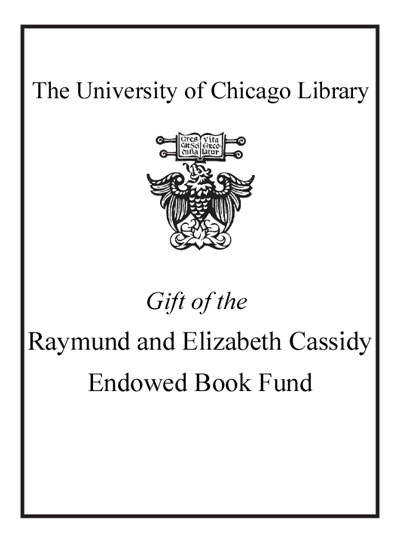Review by Choice Review
St. Louis University historian Gavitt follows his 1990 study (Charity and Children in Renaissance Florence, CH, Apr'91, 28-4660) of early Renaissance Florence's foundling hospital, the Ospedale degli Innocenti, with this study of the 16th-century Ospedale as well as other Florentine charitable institutions supporting infants, children, and women. The early Medici dukes built their state by centralizing many functions, including charitable support of needful women and children. Using legal, administrative, and prescriptive documents, Gavitt weaves this trend with discussions of religious changes and social strains--war, famine, poverty--that exacerbated conditions in even prosperous families. Women had few options; for marriage they relied heavily on dowries, whose values were rapidly inflating. Chapters 4 and 5 provide sketches of life in male and female institutions. Gavitt emphasizes the Ospedale for boys and several different facilities for girls, comparing both male and female experiences and those of girls in different houses. In Chapter 6, the author examines norms, problems, and deviant behavior among nuns in Tuscan nunneries. This well-written book touches on many aspects of 16th-century Florentine social history, maintaining a brisk dialogue with many scholars' conclusions. Summing Up: Highly recommended. Graduate students and faculty in Italian or Renaissance-era history. J. P. Byrne Belmont University
Copyright American Library Association, used with permission.
Review by Choice Review

